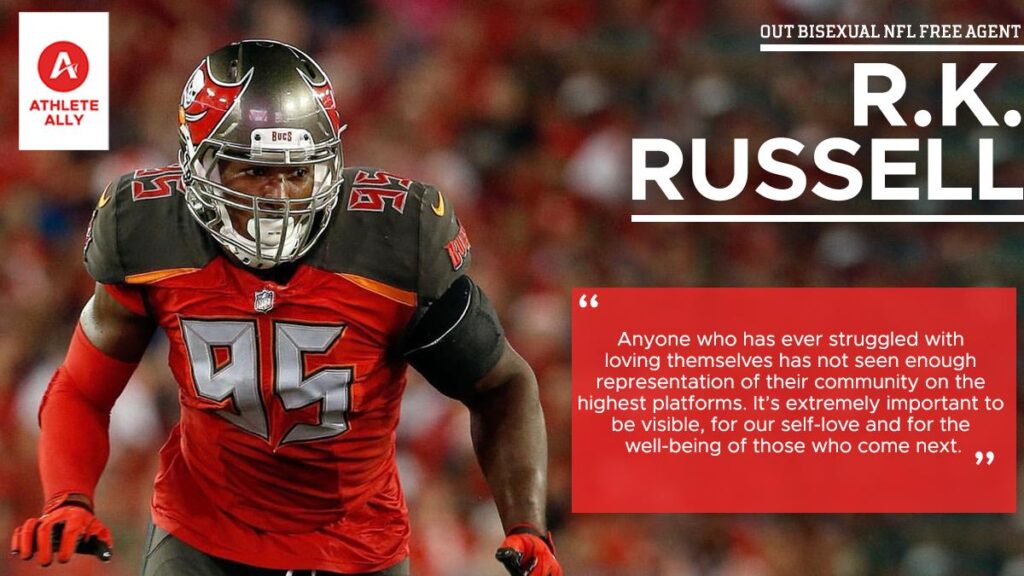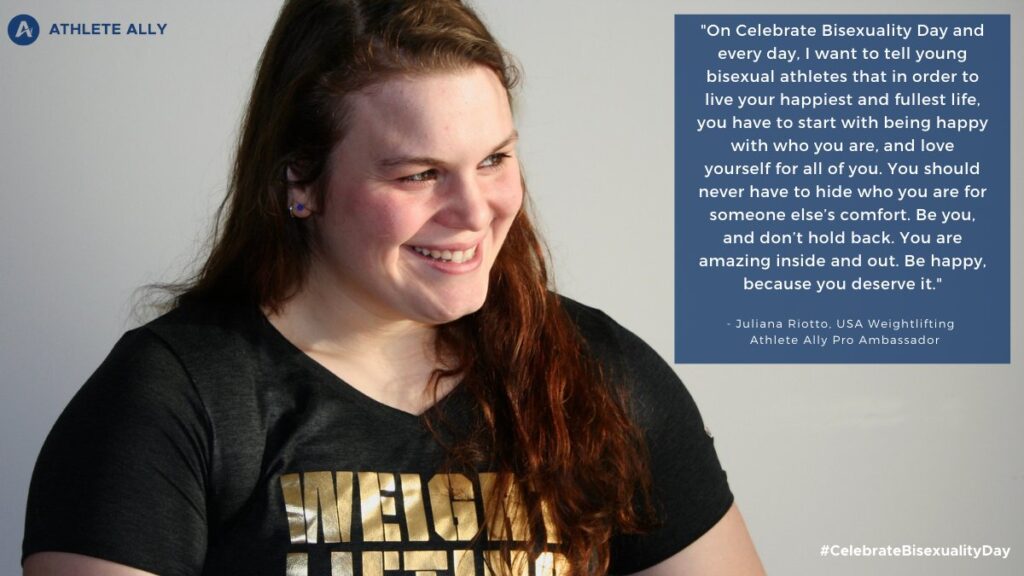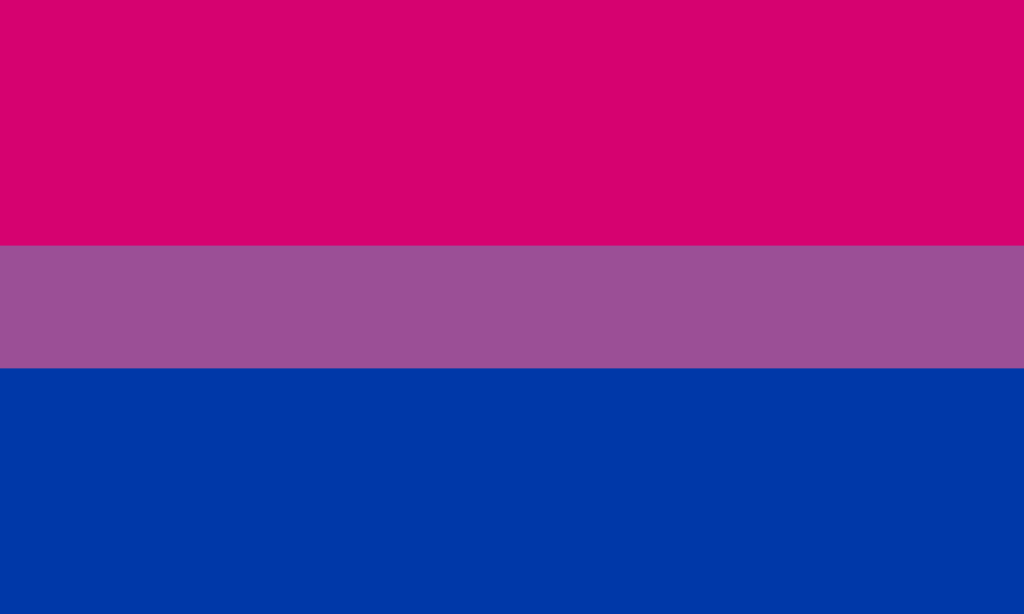March is Bisexual Health Month
Bisexual people make up the majority of our community and yet the stigma around them persists. Here are some tips and tools for being a good bi ally.
Bisexual+ Health Awareness Month (#BiHealthMonth), led annually by the Bisexual Resource Center (BRC), raises awareness about the bisexual+ (bi, pansexual, fluid, queer, etc.) community’s social, economic, and health disparities; advocates for resources; and inspires actions to improve bi+ people’s well-being.
The bisexual+ community makes up the majority of the LGBTQ+ community and yet it experiences significantly higher rates of physical, sexual, social and emotional violence and disparities than gay and straight people, as well as worse physical, mental and social health. These health disparities are even worse for bi+ people of color and trans people.
Equity can only be achieved when the unique needs of our diverse bi+ community have been met and discrimination against BIPOC, transgender, and disabled members of the bi+ community has been eliminated.

Did You Know?
- Bisexual+ people make up the majority of the LGBTQ community, but receive less than 1% of all funding that supports LGBTQ advocacy.
- Bisexual+ people often experience higher levels of mental health distress than their gay and straight peers, including suicidality, substance use disorders, depression, and anxiety.
- Healthy social connections that affirm all parts of a person’s core identity are vital components of bisexual+ equity. The bisexual+ community includes a wide variety and many intersections of identities.
- Despite bisexual+ people comprising over half of the LGBTQ community, only 29% of people report personally knowing a bisexual+ person, compared to 73% of people who report knowing a gay or lesbian person.
- Bisexual+ youth are less likely than their gay peers to be out to their loved ones, but account for 8% of 18-34 year olds, whereas gay and lesbians only account for 3% of that age bracket.
- 37% of gender-expansive youth are verbally harassed at school, and another report found 44% of bisexual youth were bullied about their weight or physical appearance one or more times during the past month.
- 44% bisexual youth reported being bullied about physical appearance one or more times during past month, and a report by the Human Rights Campaign found that 37% of gender-expansive youth were verbally harassed at school. In addition, bisexuality was associated with a history of forced or unwanted sex among female high school students, and compared with gay male youth, bisexual male youth were 5.4 times as likely to have been threatened with outing by a date or partner.

How to Participate and Help
Consider donating to the Bisexual Resource Center, the Visibility Impact Fund, or another bisexual+ community organization.
Educate Yourself and Others
Check out the recommended reading and pamphlets here:
- “How to Support Bisexual Youth” – The Trevor Project
- “Mental health in the bisexual+ community: biphobia, bi erasure, & getting help” – Bisexual Resource Center
- “10 tips on having bi-inclusive elder programs & services” – Bisexual Resource Center
- “How to be an ally to a bi+ person” – Bisexual Resource Center
- “Pan & bi: a handy guide” – Bisexual Resource Center
- “A closer look: Bisexual older adults” – MAP
For more information visit BRC at www.biresource.org.






